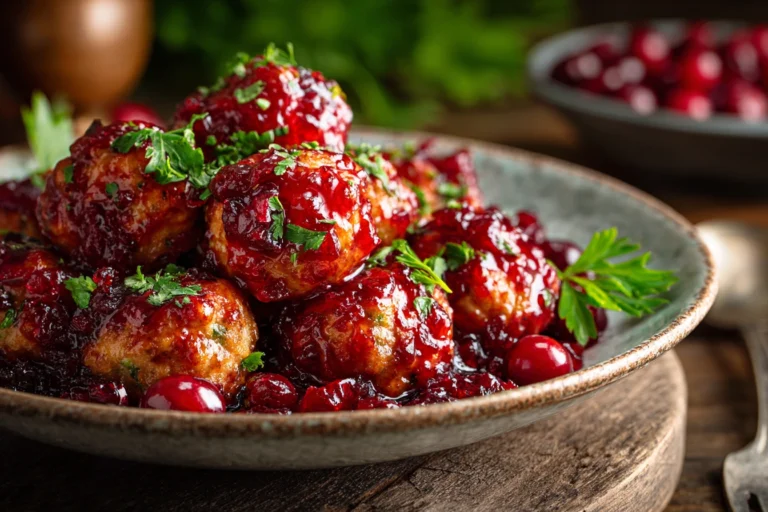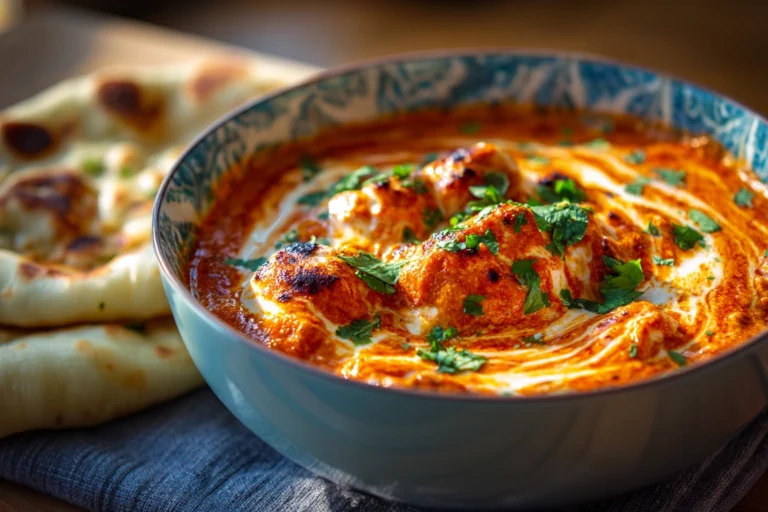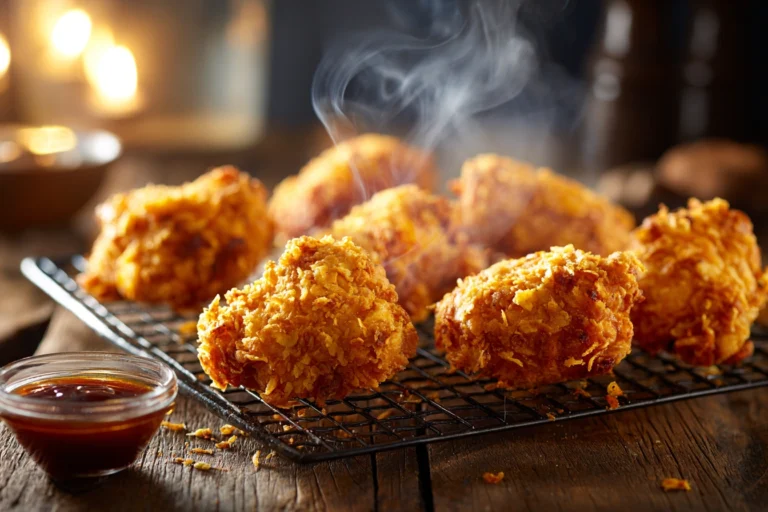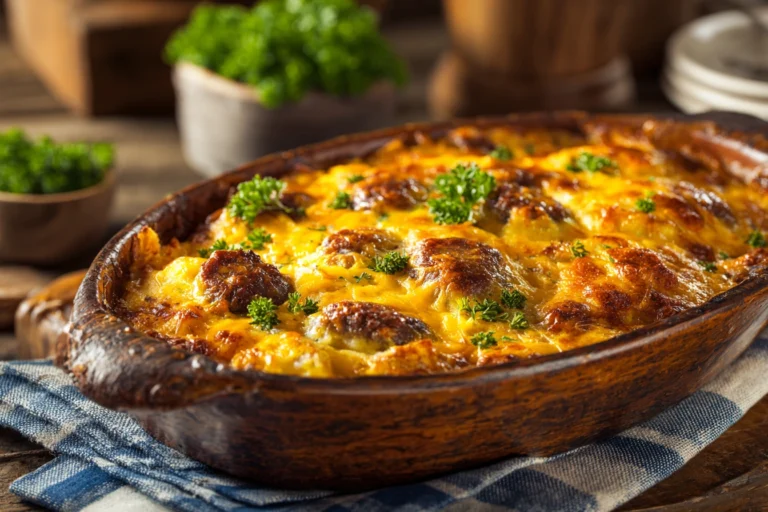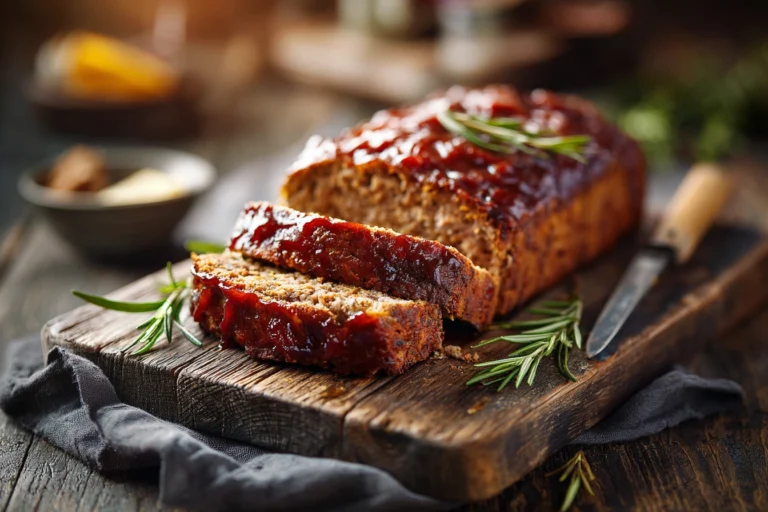Best Sockeye Salmon Recipe: Juicy, Flavorful, Easy Guide
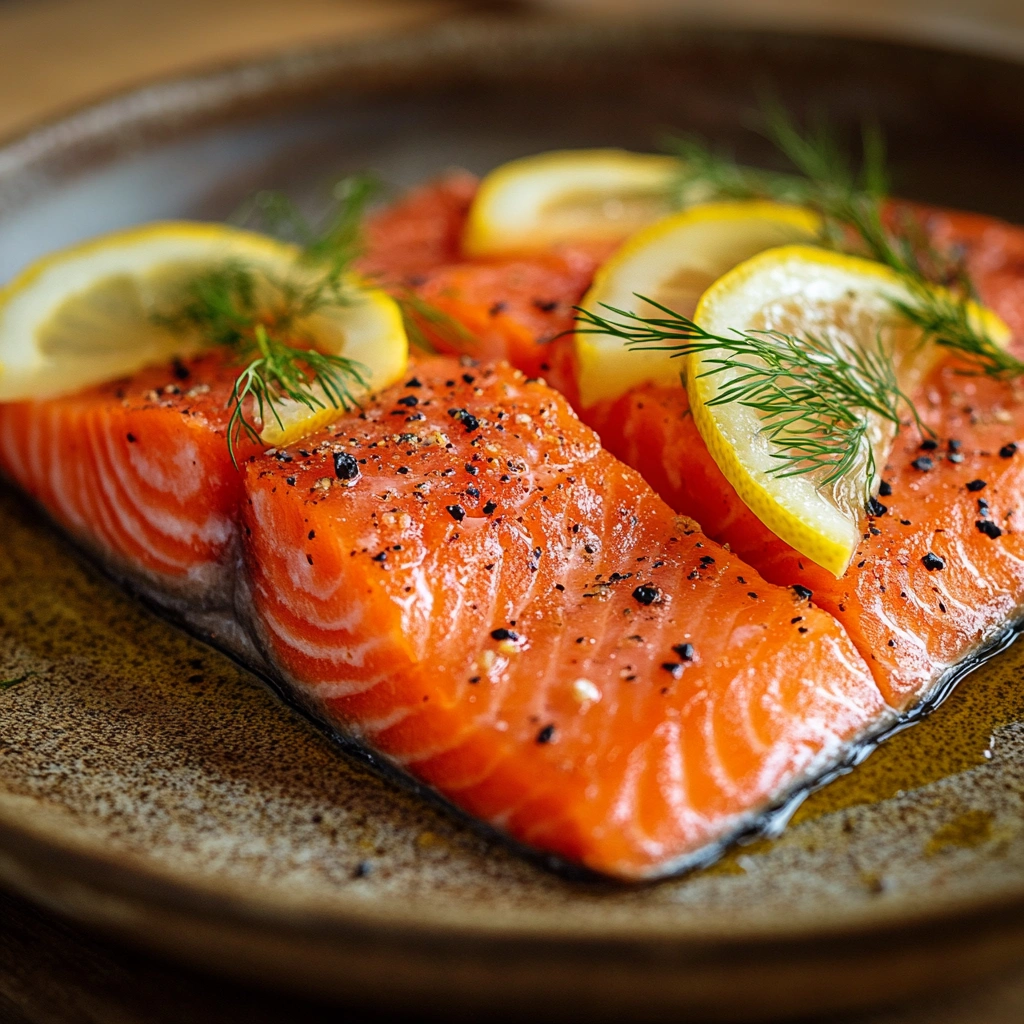
Looking for the best sockeye salmon recipe that stays juicy, never dry, and bursts with flavor every time you cook it? Whether you’re a beginner or a home cook wanting to level up your salmon dinners, this ultimate guide will walk you through everything you need to know. You’ll discover how to select high-quality sockeye salmon, clean and season it properly, and cook it using various methods like pan-searing, baking, and even Gordon Ramsay’s crisp-skin technique. We’ll also cover perfect side pairings, storage, and reheating tips to keep your salmon delicious the next day.
Looking for a fresh side to pair with your salmon? Try this Caesar pasta salad for a balanced meal.
Now, let’s dive into why sockeye salmon should be your top choice for a healthy, flavorful meal.
Print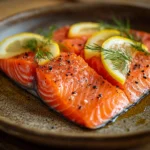
Best Sockeye Salmon Recipe: Juicy, Flavorful, Easy Guide
- Total Time: 25 minutes
- Yield: 4 1x
Description
Learn to cook sockeye salmon for juicy, flavorful results with easy, step-by-step instructions for pan-searing, baking, and grilling.
Ingredients
-
4 sockeye salmon fillets
-
1 tbsp olive oil
-
Salt and pepper
-
Lemon slices
-
Fresh herbs (optional)
Instructions
-
Pat salmon dry and season with salt and pepper.
-
Heat oil in a skillet over medium-high heat.
-
Place salmon skin-side down, press gently, and cook 4–5 minutes.
-
Flip and cook 2–3 minutes until flaky.
-
Serve with lemon and herbs.
Notes
- Don’t overcook to maintain moist texture.
- Use a cedar plank for smoky flavor if grilling.
- Prep Time: 10 minutes
- Cook Time: 15 minutes
- Category: Dinner
- Cuisine: American
Nutrition
- Serving Size: 1
- Calories: 280
- Fat: 18g
- Carbohydrates: 0g
- Protein: 26g
Table of Contents
Why Choose Sockeye Salmon? (Health Benefits and Flavor Profile)
Nutritional Powerhouse: Why Sockeye Salmon is Good for You
Sockeye salmon is one of the healthiest fish you can add to your diet. It’s rich in omega-3 fatty acids, high-quality protein, and essential vitamins like B12 and D, which support brain function, heart health, and energy levels. Wild-caught sockeye salmon also contains antioxidants like astaxanthin, which give it that deep red color and help reduce inflammation in the body.
Compared to farmed salmon, sockeye salmon is leaner yet still packed with healthy fats, making it perfect for those following a low-carb or keto lifestyle. It’s a great option for a protein-packed dinner that won’t add extra calories.
Flavor Profile: How Sockeye Salmon Differs From Other Salmon Types
If you’ve ever wondered why sockeye salmon recipes taste richer and cleaner, it’s all about the fish’s natural habitat and diet. Sockeye salmon has a firmer texture than Atlantic salmon, making it ideal for pan-searing or grilling without falling apart. Its bold, buttery flavor holds up well with simple seasonings like lemon, garlic, and herbs while still allowing the natural taste of the salmon to shine through.
Unlike other salmon varieties, sockeye’s deeper red flesh doesn’t fade when cooked, giving your dish a beautiful presentation for family dinners or special occasions.
If you’re looking for a flavorful, nutrient-dense fish recipe, sockeye salmon is your best bet. Whether you want to pair it with a crisp salad or roasted veggies, you’ll get a restaurant-quality meal at home while controlling the ingredients and freshness.
How to Select the Best Sockeye Salmon for Cooking
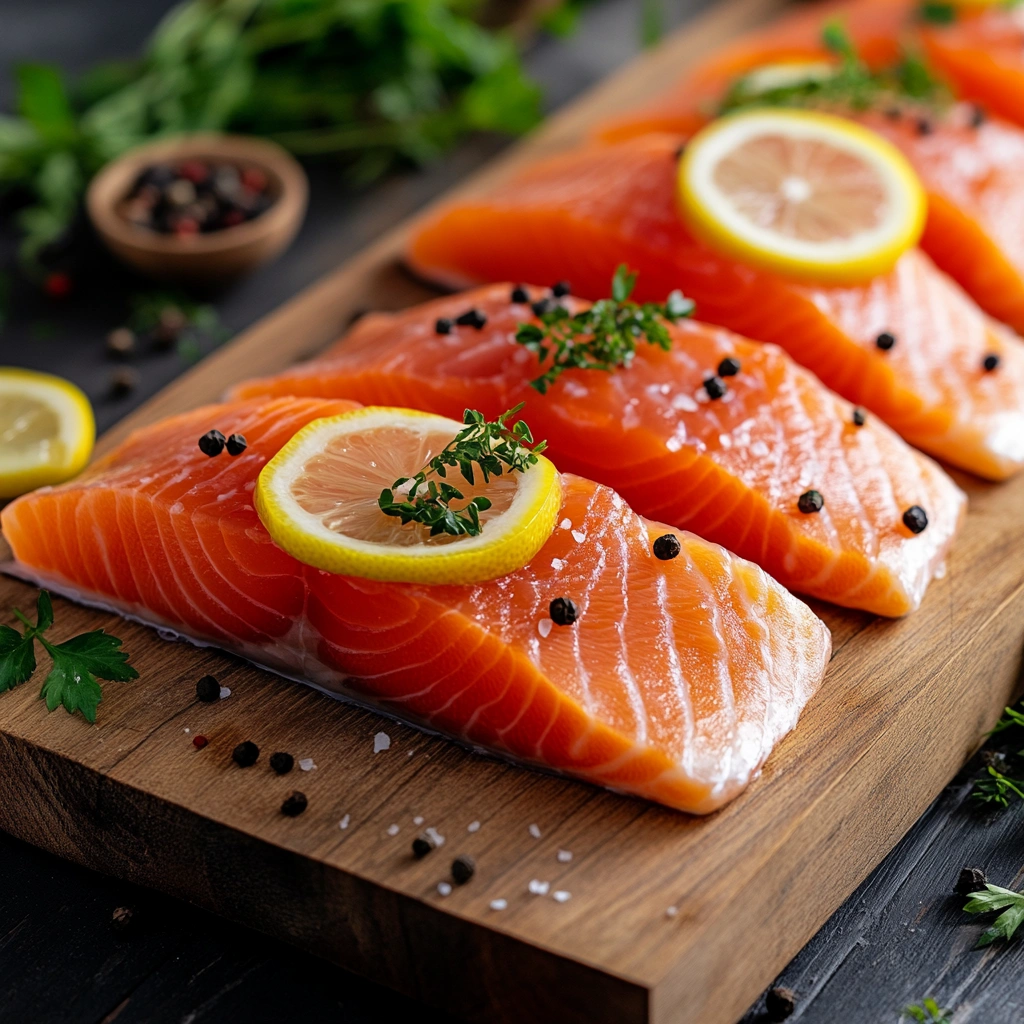
Fresh vs. Frozen Sockeye Salmon: Which Should You Choose?
When planning your sockeye salmon recipe, you might wonder whether to buy fresh or frozen. Both have benefits, but it depends on what you want from your dish.
Fresh sockeye salmon often has a firmer texture and a cleaner taste if sourced properly. However, “fresh” at grocery stores can sometimes mean the fish has been sitting on ice for days, reducing its quality.
On the other hand, frozen sockeye salmon is typically flash-frozen shortly after being caught, locking in freshness and nutrients. It can be a reliable option if you don’t live near a coast or want to keep salmon on hand for quick dinners. When buying frozen, look for vacuum-sealed packaging and ensure there’s no frost or ice buildup, as this could indicate freezer burn.
The best choice for your sockeye salmon recipe is often wild-caught, frozen sockeye salmon unless you have access to a trusted fishmonger offering freshly caught salmon.
Signs of Quality: Color, Smell, and Texture to Look For
Knowing how to choose the best sockeye salmon ensures your recipe will turn out juicy and flavorful. Here’s what to check:
- Color: Sockeye salmon has a deep, vibrant red color due to its natural diet rich in krill and plankton. Avoid fillets with brown or dull spots.
- Smell: Fresh sockeye salmon should have a mild, ocean-like scent, not a strong fishy odor.
- Texture: The flesh should be firm and bounce back when pressed lightly with your finger. If it leaves an indentation, the fish may not be fresh.
- Skin: If buying skin-on fillets, the skin should be shiny and silver, with scales intact.
Taking the time to select high-quality salmon is the first step to creating a sockeye salmon recipe that your family will ask for again and again.
Preparing Sockeye Salmon for Cooking (Cleaning, Portioning, Seasoning)
How to Properly Clean and Portion Sockeye Salmon Fillets
Before starting your sockeye salmon recipe, you need to prepare your fish correctly to ensure even cooking and a clean taste.
If you buy a whole sockeye salmon or a large fillet, begin by rinsing it under cold water to remove any loose scales or residue. Pat it dry thoroughly with paper towels, as excess moisture can prevent proper searing and caramelization.
To portion your sockeye salmon fillets, place the fish skin-side down on a cutting board. Use a sharp knife to cut even portions, about 6-ounce fillets per serving, slicing perpendicular to the spine. Keeping the skin on helps hold the fish together during cooking and adds flavor and texture.
If you notice any pin bones, use tweezers to remove them carefully. Running your finger along the flesh can help you find any hidden bones before cooking.
Properly preparing your fish is key to achieving a restaurant-quality sockeye salmon recipe at home.
Marinades and Seasoning Ideas for Sockeye Salmon Recipe
Sockeye salmon has a bold, clean flavor, so you don’t need heavy marinades to make it taste incredible. A simple sprinkle of seasoning often highlights the natural flavors of salmon.
Here are some seasoning and marinade ideas for your sockeye salmon recipe:
- Lemon-Garlic Marinade: Mix lemon juice, minced garlic, olive oil, salt, and pepper. Let the salmon sit in this marinade for 15–30 minutes before cooking.
- Herb Butter Rub: Combine softened butter with fresh dill, parsley, lemon zest, and a pinch of sea salt. Spread over your fillets before baking or grilling.
- Soy-Ginger Glaze: Mix soy sauce, fresh ginger, garlic, and a touch of honey for a savory-sweet finish.
- Simple Salt & Pepper: If you prefer the natural taste of sockeye salmon, season with kosher salt, freshly cracked black pepper, and a drizzle of olive oil before cooking.
Avoid over-marinating your salmon, as the acid in citrus or vinegar-based marinades can start cooking the fish and change its texture.
Using the right marinade or seasoning will enhance your sockeye salmon recipe while keeping it moist and flavorful.
If you want another high-protein dinner option for your meal rotation, check out this BBQ meatloaf recipe for easy prep.
Best Cooking Methods for Sockeye Salmon Recipe
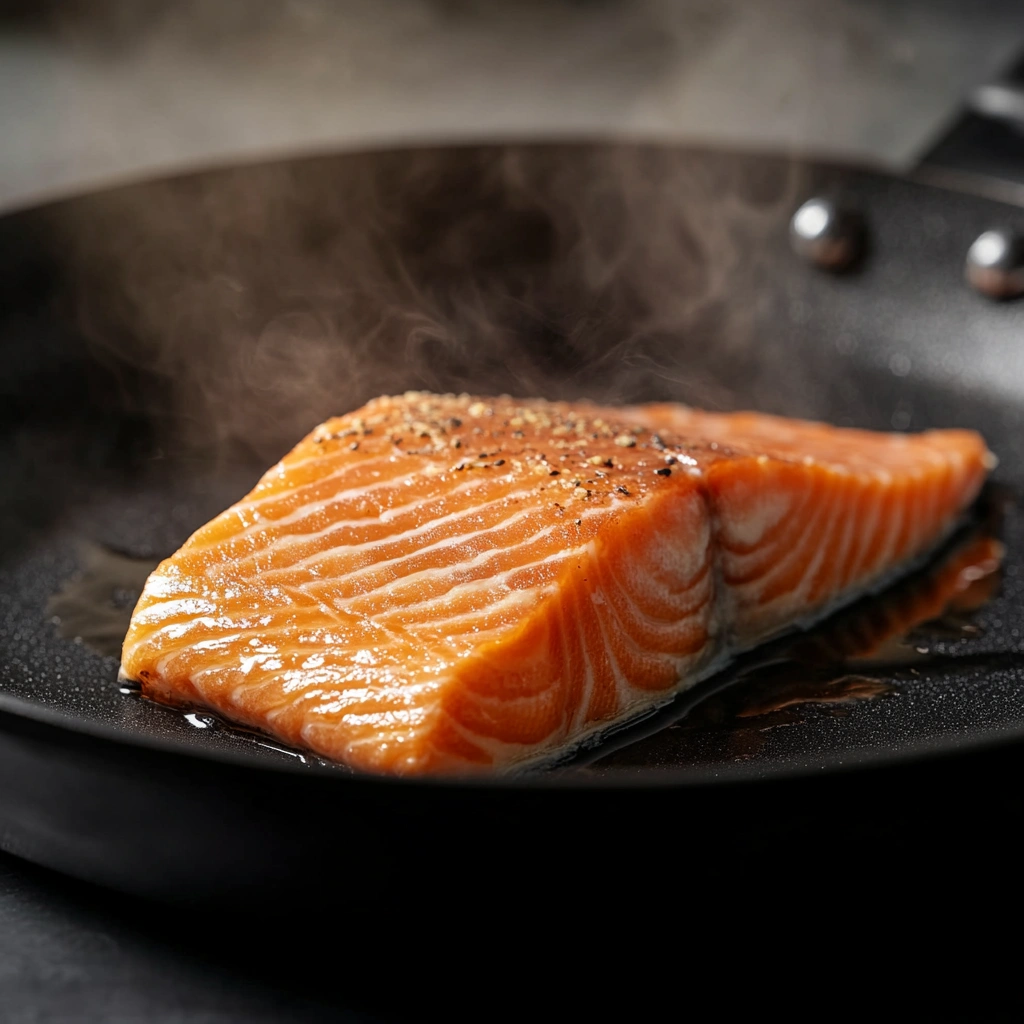
Pan-Searing Sockeye Salmon Without Drying It Out
Pan-searing is one of the best ways to cook your sockeye salmon recipe while ensuring a crisp skin and moist, flaky interior. The key is to use medium-high heat and avoid overcooking.
- Prep the Salmon: Pat your sockeye salmon fillets dry, season with salt, pepper, and a light brush of oil.
- Heat the Pan: Use a non-stick or cast-iron skillet with a drizzle of avocado or olive oil. Heat until shimmering.
- Skin-Side Down: Place the salmon skin-side down in the hot pan. Press gently with a spatula to prevent curling.
- Cook Time: Cook for about 3–4 minutes, depending on thickness, without moving the fillet to allow the skin to crisp.
- Flip and Finish: Flip the salmon and cook for an additional 2–3 minutes until the salmon flakes easily but remains moist.
Avoid overcooking, as sockeye salmon is leaner than Atlantic salmon and can dry out if left too long in the pan. This method creates a restaurant-quality sockeye salmon recipe with crisp skin and juicy flesh.
Baking Sockeye Salmon for Juicy Results
If you prefer a hands-off method, baking your sockeye salmon recipe is an excellent way to lock in moisture.
- Preheat Your Oven: Set to 400°F (200°C).
- Prepare the Salmon: Place the fillets on a parchment-lined baking sheet. Brush with olive oil and season with herbs, lemon slices, and spices.
- Cooking Time: Roast for 10–12 minutes, depending on the thickness, until the salmon is tender and flakes apart with a fork.
- Optional Broil: For a golden finish, broil for the last 1–2 minutes.
To avoid drying out your sockeye salmon recipe, remove it from the oven when the internal temperature reaches 125°F–130°F (52°C–54°C), as it will continue to cook slightly after removal.
This baking method preserves the natural flavor of sockeye salmon while providing a foolproof approach for busy nights when you still want a healthy, satisfying dinner.
Grilling and Air Frying Sockeye Salmon Recipe for Juicy Results
How to Grill Sockeye Salmon for a Flavorful Recipe
Grilling is a top method for any sockeye salmon recipe because it delivers a smoky taste while keeping the salmon moist. It’s also an easy way to cook salmon outdoors during warm evenings.
Begin by heating your grill to medium-high and brushing the grates with oil to keep the food from sticking.Gently blot the sockeye salmon fillets with a paper towel, then coat them with a thin layer of olive oil. Season with salt, pepper, and a squeeze of fresh lemon for brightness.
Place your fillets skin-side down on the grill. Let them cook for 4–5 minutes without moving to allow the skin to crisp. Carefully flip and cook for another 2–3 minutes until the salmon flakes easily but stays moist.
For a richer sockeye salmon recipe, try using a cedar plank. Soak the plank for 30 minutes, place the salmon on it, and grill with the lid closed. This method infuses a mild wood-smoke flavor without drying out your fish.
Grilling your sockeye salmon recipe adds depth of flavor while preserving its firm texture.
How to Air Fry Sockeye Salmon for Quick, Juicy Meals
Using an air fryer makes cooking your sockeye salmon recipe quick and straightforward, producing a lightly crisp outside and a juicy, tender inside.
Preheat your air fryer to 390°F (200°C). Pat the salmon dry, brush with olive oil, and season with salt and pepper or your favorite spice mix. Place the salmon skin-side down in the basket without overlapping.
Cook for 7–9 minutes, depending on the thickness of your salmon fillets. Check for doneness by ensuring the salmon flakes easily and remains moist in the center.
Air frying your sockeye salmon recipe is a convenient method for busy nights, delivering a healthy, high-protein dinner with minimal cleanup.
Need a light and refreshing side with your grilled salmon? Don’t miss this tropical smoothie bowl for a vibrant addition.
How to Pan-Sear Sockeye Salmon Recipe for Crisp Skin and Moist Flesh
Mastering Crisp Skin in Your Sockeye Salmon Recipe
Perfecting a sockeye salmon recipe often comes down to getting that crisp skin while keeping the inside moist and flaky. Here’s a simple method you can use to create restaurant-quality salmon at home.
First, start with skin-on salmon fillets. Pat them completely dry using paper towels, then lightly score the skin with a sharp knife to prevent curling. Add plenty of salt and freshly cracked pepper to taste.
Heat a non-stick or stainless steel pan over medium-high heat. Add a drizzle of olive oil, and once it shimmers, place your salmon skin-side down in the pan. Press gently with a spatula for a few seconds to ensure even contact with the pan, helping the skin crisp up properly.
Allow the fillets to cook for 4–5 minutes without touching them. You will notice the color of the salmon rising from the bottom as it cooks. Once you’ve achieved a golden, crispy skin, flip the salmon gently and cook for an additional 2–3 minutes until it flakes easily and stays tender.
This technique creates a crispy skin and juicy center in your sockeye salmon recipe, making it visually appealing and delicious with every bite.
Simple Seasoning and Finishing Sauces for Sockeye Salmon Recipe
A great sockeye salmon recipe doesn’t require heavy sauces. Instead, simple flavors enhance the salmon’s natural taste while keeping the meal light and satisfying.
Here are easy ways to finish your salmon:
- Lemon Butter Baste: In the last minute of cooking, add a tablespoon of butter, a squeeze of lemon, and a crushed garlic clove to the pan. Spoon the melted butter over the salmon to add richness without overpowering its flavor.
- Herb Finish: Sprinkle freshly chopped dill, parsley, or chives on top after cooking for a burst of freshness.
- Light Glaze: Brush your salmon with a mix of honey and Dijon mustard before flipping for a sweet-savory finish.
These simple touches add depth to your sockeye salmon recipe while maintaining the integrity of the fish, making each bite flavorful and balanced.
Serving Ideas and Delicious Side Pairings for Your Sockeye Salmon Recipe
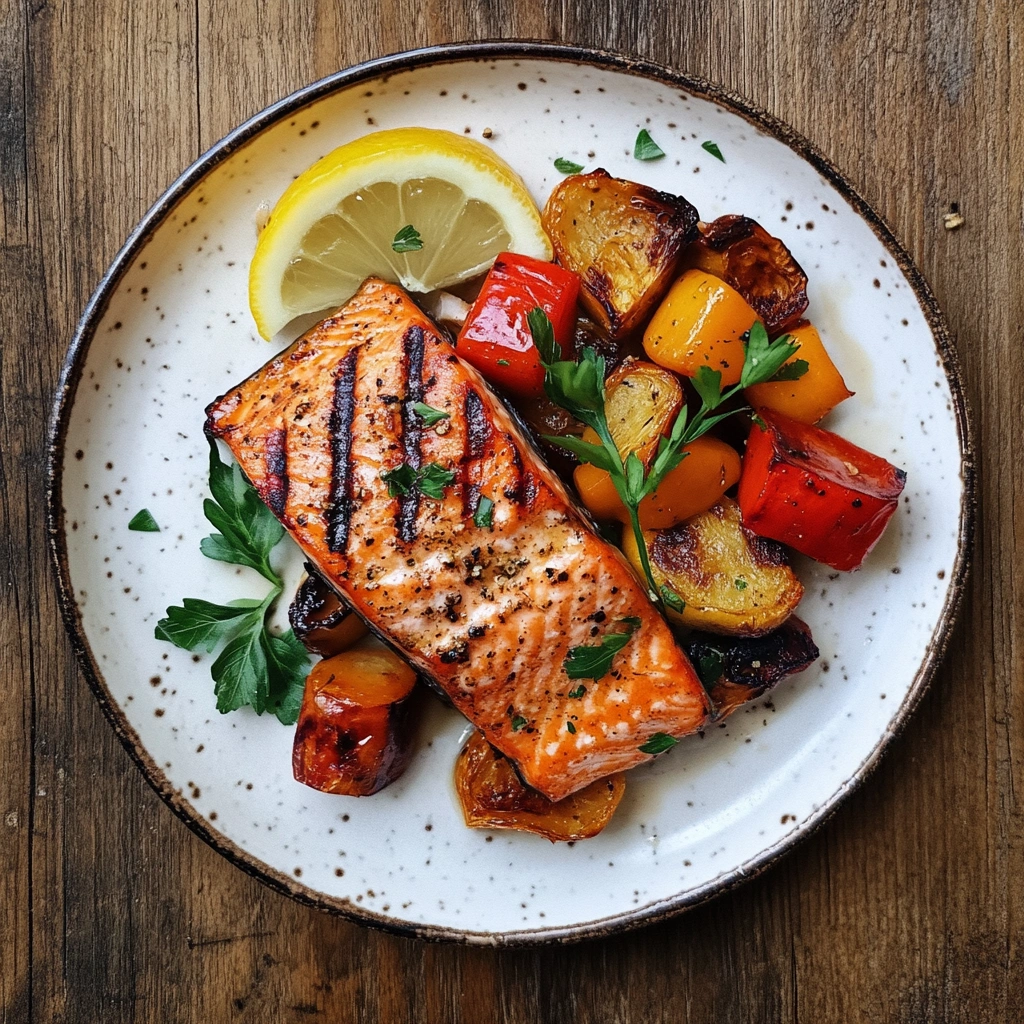
Best Side Dishes to Serve with Sockeye Salmon Recipe
A well-crafted sockeye salmon recipe deserves sides that complement its rich, clean flavor while providing texture and balance on your plate.
Here are the best options:
- Roasted Vegetables: Brussels sprouts, asparagus, or carrots roasted with olive oil, garlic, and lemon pair beautifully with salmon. They add crunch and flavor without overpowering the fish.
- Hearty Grains: A base of quinoa, wild rice, or farro pairs well with your sockeye salmon, capturing sauces beautifully while providing extra protein and fiber.
- Refreshing Salads: Crisp mixed greens, juicy cherry tomatoes, and cucumbers dressed in a light lemon vinaigrette add freshness and color to your plate.
For your sockeye salmon dinner, focus on pairing protein-rich fish with wholesome fats and a variety of colorful vegetables to ensure a satisfying, visually appealing meal.
Salad, Rice, and Vegetable Pairing Options for Sockeye Salmon Recipe
Pairing your sockeye salmon recipe with the right sides can transform it into a complete, restaurant-quality dinner at home.
Salads that pair well:
- Caesar Salad: A crisp Caesar salad offers a savory, creamy element that complements the clean taste of salmon.
- Citrus Fennel Salad: The bright acidity cuts through the salmon’s richness while adding a refreshing crunch.
Rice and grains:
- Lemon-herb rice or wild rice pilaf adds a flavorful yet neutral base to your sockeye salmon recipe.
- A quinoa salad with herbs and roasted vegetables keeps your meal light while adding texture.
Vegetables that complement salmon:
- Steamed broccoli with a squeeze of lemon
- Roasted sweet potatoes for natural sweetness
- Garlic green beans for crunch and color
These pairings enhance the flavor of your sockeye salmon recipe, making it a balanced and satisfying meal for your family or guests.
Storing and Reheating Leftover Sockeye Salmon Recipe
How to Store Cooked Sockeye Salmon Recipe for Freshness
After enjoying your sockeye salmon recipe, storing leftovers correctly ensures your salmon stays fresh and safe to eat while maintaining its flavor and texture.
Let your cooked salmon sit out to cool for up to 30 minutes before storing.Then, place the fillets in an airtight container or wrap them tightly in aluminum foil or plastic wrap.Store salmon in the fridge and enjoy within three days to retain its flavor and quality.
If you want to extend the life of your sockeye salmon recipe, you can freeze the leftovers. To prevent freezer burn, store your salmon in a freezer bag or container, ensuring you remove any trapped air. Label with the date, and use within 2 months for optimal freshness.
Best Ways to Reheat Sockeye Salmon Recipe Without Drying Out
Reheating your sockeye salmon recipe properly is key to keeping it moist and flavorful rather than dry and rubbery.
Here are the best methods:
- Oven Method: Preheat your oven to 275°F (135°C). Place the salmon on a baking dish and add a splash of water or broth to keep it moist. Cover with foil and heat for about 10–15 minutes until warmed through.
- Stovetop Method: Place the salmon in a skillet over low heat. Add a teaspoon of olive oil or a splash of broth and cover with a lid. Heat gently for 5–7 minutes, checking often to avoid overcooking.
- Avoid Microwaving: Microwaving salmon can cause uneven heating and dryness. If you must use it, cover the salmon with a damp paper towel and heat in short intervals, checking frequently.
When reheating, avoid cooking your salmon to the point it flakes apart, as this will dry it out. The goal is to warm your sockeye salmon recipe gently while retaining its juicy texture.
Using these methods allows you to enjoy your sockeye salmon recipe for meal prep or as a quick, healthy leftover dinner option without compromising quality.
For quick meal prep nights, these chicken piccata meatballs make a great complement to leftover salmon.
What is the best way to eat sockeye salmon?
The best way to enjoy your sockeye salmon recipe is to keep it simple so you can appreciate its natural, clean flavor and firm texture. Light seasoning with salt, pepper, lemon, and herbs, followed by pan-searing, baking, or grilling, keeps the salmon moist and flavorful. Pair it with a fresh salad or roasted vegetables for a complete, satisfying meal.
How do you cook sockeye salmon so it doesn’t dry out?
Sockeye salmon is leaner than other salmon types, so it can dry out quickly if overcooked. To keep your sockeye salmon recipe juicy:
Cook over medium-high heat and avoid flipping repeatedly.
Bake at 400°F (200°C) for 10–12 minutes or until the salmon flakes easily but is still moist.
Use a splash of broth, lemon butter, or olive oil to maintain moisture during cooking.
Avoid cooking past 130°F (54°C) internally, as residual heat will finish the cooking while keeping the salmon tender.
How do you cook sockeye salmon fillet?
Cooking a sockeye salmon recipe fillet is straightforward:
Pat the fillet dry and season with salt, pepper, and lemon.
Heat a non-stick skillet with a drizzle of olive oil.
Place the fillet skin-side down and cook for 4–5 minutes.
Flip gently and cook for an additional 2–3 minutes until the salmon flakes easily.
You can also bake your fillet at 400°F (200°C) for 10–12 minutes or grill it for a smoky flavor.

